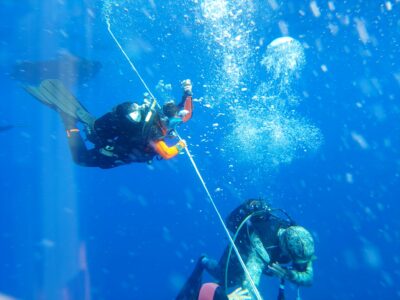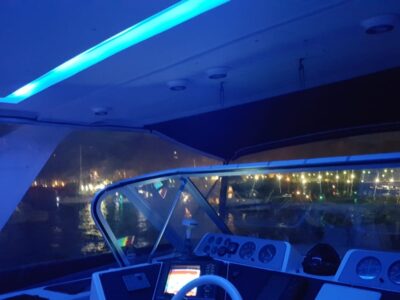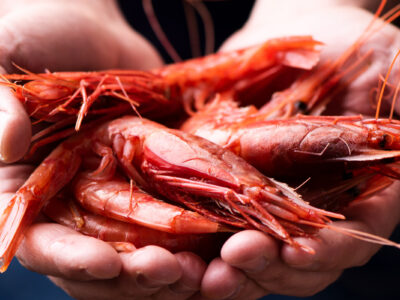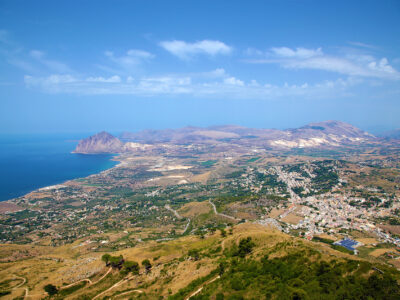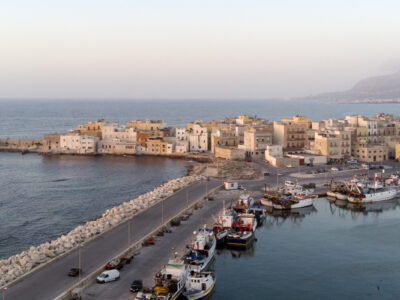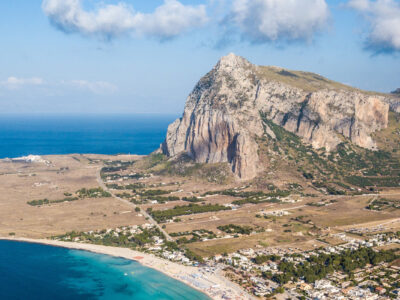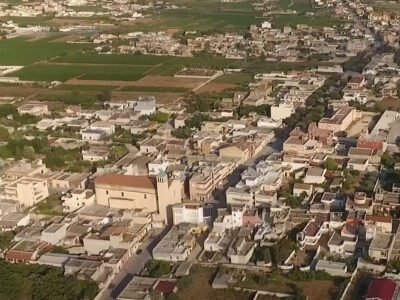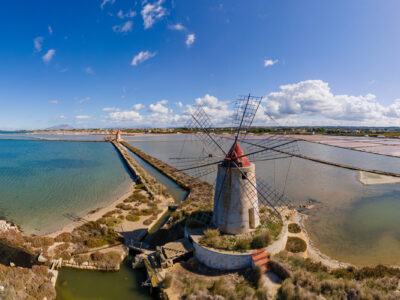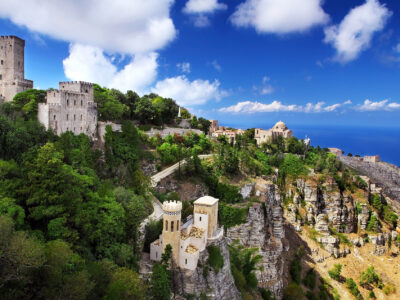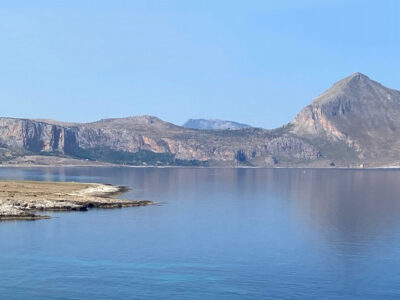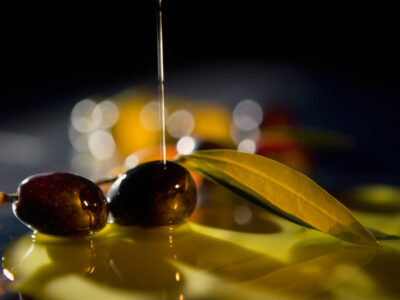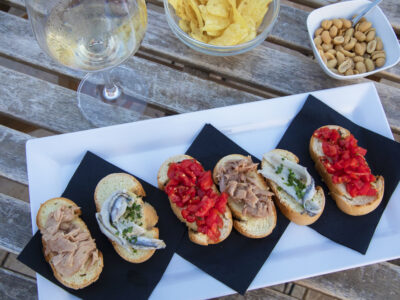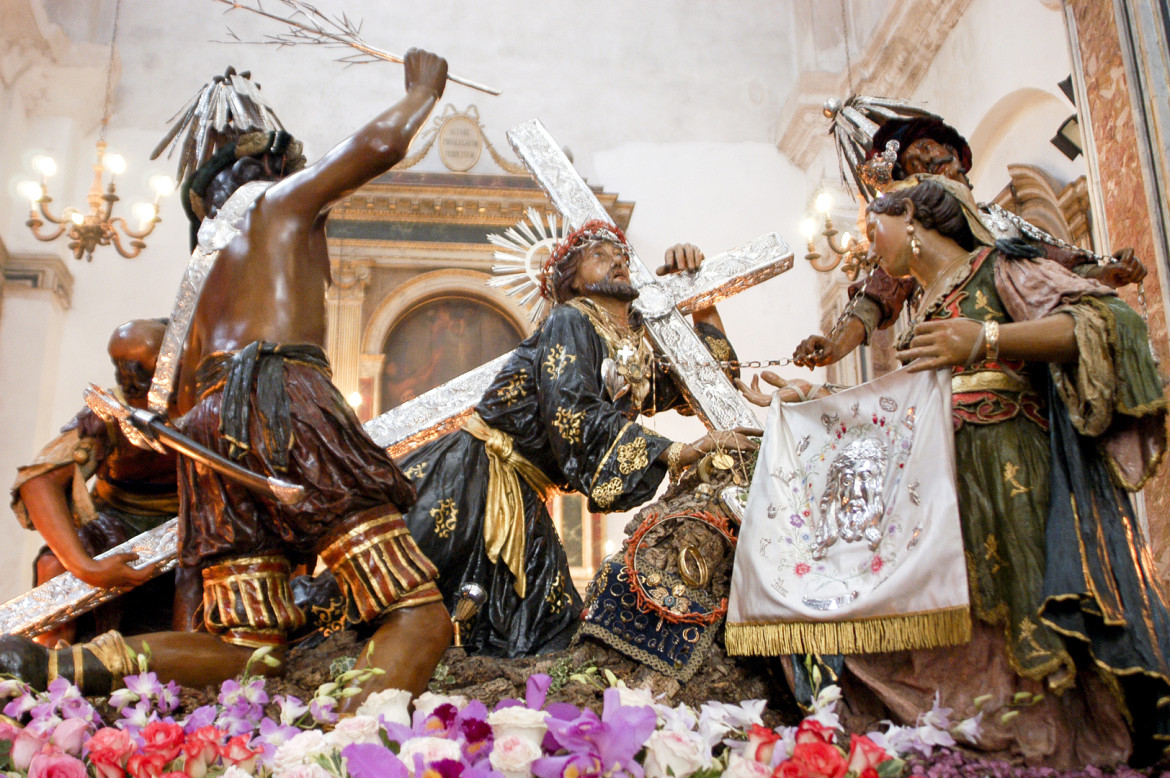The Misteri (Mysteries), ie groups of statues depicting scenes from the Passion of Christ, appeared in Trapani in the late 16th-early 17th centuries by means of the Company of the Blood of Christ, which later merged with the Brotherhood of St. Michael (1646). The strict guidelines issued by the Council of Trent and the arrival in Trapani of the Jesuits greatly contributed to establishing this tradition.
The Jesuits, in particular, had penitential mission in their catechism program with the goal of evangelizing the lower classes through spectacular elements such as processions and ceremonies, likely to generate religious piety and compunction.
Local guilds were entrusted with keeping and parading each one of the sacred groups.
The technique used for the construction of the statues is the so-called ‘canvas, wood and glue’, allowing the artist to carefully sculpt on wood faces, hands, feet and visible body parts. These parts are then applied to a structure of chestnut wood covered with cork in order to give volume without increasing its weight.
Clothing is made of canvas impregnated with plaster and animal glue, and draped in soft folds. The groups of statues that make up the actual procession are, for the most part, 18th century works, remakes of the originals from the earliest processions.


